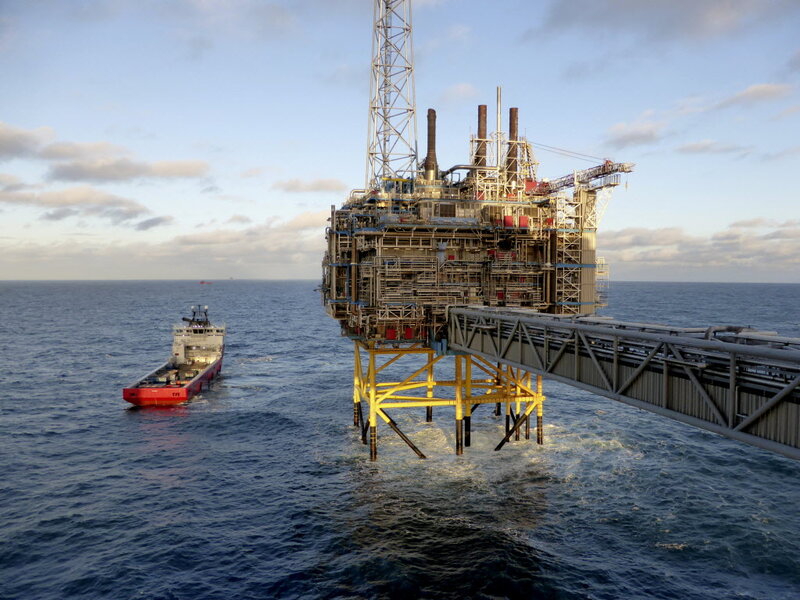Norway’s model of prudence in oil wealth
Loading...
In about 20 countries, revenue from oil drilling accounts for more than 10 percent of the economy. This natural wealth has long been a tempting source of easy cash for a government’s short-term needs or budgetary holes. Yet as oil prices have fallen, more petroleum-producing nations are taking the long view. They are saving or investing the money to benefit future generations – and to prepare for the day the oil wells run dry.
In recent years, the world has seen a rapid rise in the number of government-run kitties, or “sovereign wealth funds.” In all, more than 75 of these funds now hold $7.4 trillion. Most sock away money earned from natural resources. Others are set up by big exporters, such as Singapore, to keep their foreign earnings for future needs.
With so much money, the funds can be easy targets for politicians. Yet even as the funds have multiplied, many have adopted principles, set down nearly a decade ago by the International Monetary Fund, to be transparent and accountable in how the money is invested and spent.
It also helps that the world’s largest sovereign wealth fund is also a model. Norway, which is Western Europe’s largest oil producer and one of the world’s largest natural gas exporters, has put aside more than $900 billion in its fund since the 1990s. To put that in perspective, the fund owns more than 1 percent of the world’s traded equity shares. Its purpose is to shield the country’s economy from price fluctuations in oil and to support government savings.
Norway’s example in the prudent use of its natural wealth is especially important as Saudi Arabia plans to set up its own fund by selling a portion of its state-run oil company, Saudi Aramco. In fact, Saudi officials have consulted Norway for advice. Since the 2011 Arab Spring, the kingdom has realized it must better invest in the future of its young people by wiser investments in jobs and non-oil industries. Its fund may eventually be twice the size of Norway’s.
In recent days, the Norwegian model has become even more inspiring. The government decided that it will draw only 3 percent from the fund each year, not the usual 4 percent, in order to maintain budget discipline. This means the oil wealth may last long after Norway’s oil is gone. History may note this as one of the most generous acts from one generation to the next.





